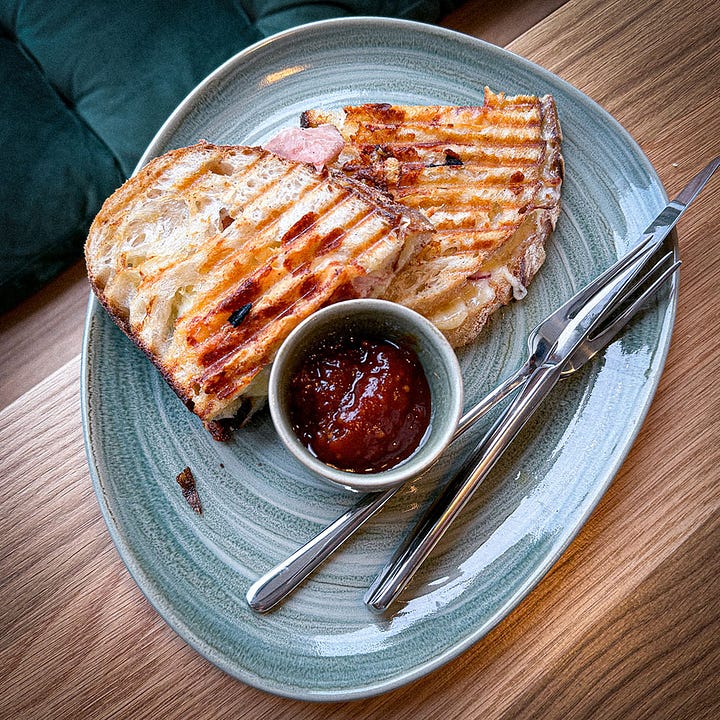Civil Disobedience in Abbeyleix
Irish Food History and Socafro gives us some advice.


They’ve broken through the wall of the bank in Abbeyleix.
Dough is already streaming out the bank doors: sourdough loaves; fresh yeast Vienna loaves; pastel de nata; sourdough rye; rhubarb tarts; walnut and caramel; maple and pecan scones. There are reports of humongous amounts of Craic coffee being taken from the building, whilst locals are apparently h…



